We are trained to treat malocclusions and growth and development problems. For the one-on-one relationship with our patients, most clinicians fulfill this job successfully. However, the traditional role of a doctor is carried out with a broader historical, organizational, social and political context — where the diagnosis and treatment of system failures can be as important as clinical interactions with the individual patient.
In order to improve health-care outcomes in our increasingly complex environment, clinicians must confront greater understanding to influence a wider framework. This progression can be achieved by meeting such constraints within the growing science of quality improvement.
Many orthodontists perceive providing high quality care not only as our professional responsibility but our raison d’etre — our reason for being! Our focus is first and foremost on the patient in front of our eyes and, occasionally, on similar populations of malocclusions, concentrating on clinical effectiveness, safety and frequently on wider proportions of treatment quality; this includes impartiality and fairness, patient-appreciation and patient-responsiveness, as well as access and synchronization with others.
As a profession, we are encouraged to advocate and espouse a standards-based approach and regard discrete phases of education as the mechanism by which these standards are delivered. We are trained as erudite scientists and, therefore, educated to regard a randomized, controlled trial as the gold standard of evidence; progress is then achieved by trial findings, outcomes and assessments.
In the business arena, the science of quality improvement is well established. As orthodontists, we strive for delivering high standards of care and recognize that we have two jobs regarding clinical effectiveness: improving how we perform and performing to our utmost ability. This requires commitment to (a) influence patients and populations, by accepting responsibility for other dimensions of quality; (b) standards, by influencing the systems within which care is provided, (c) bio-science, by consigning ourselves to continuous learning and to the creation of learning organizations, and (d) behavioral science, by understanding and accepting the strengths and weaknesses of different forms of evidence that apply to appropriate problems.
Quality improvement illustrates a variety of recognized scientific disciplines, the core feature of which is systems thinking. This requires acknowledgement of variation and recognition of behavioral sciences in order to glean a broader appreciation for what constitutes profound knowledge.
Systems thinking can occur at the (a) practice level with our patients, and (b) national level with our leadership. Orthodontists are well versed in basic sciences and clinical application. By possessing the skills required to transform profound knowledge into practice, we bring together the expertise in a way that allows optimization of the working environment for the benefit of the clinician and patient. This evolution is called praxis. We must employ these skills and expertise to influence change in the local, state and national level.
Education, of course, is the answer to a lack of knowledge and the key to success for improving multi-level quality improvement. There are many approaches for developing initiatives of quality improvement, such as those presented in previous editorials (learning to look, systems thinking and scenario planning). We must have the desire to contribute at the level required to produce prolonged, system-wide improvements in quality. Education, incentives, leadership and revalidation are key ingredients for quality improvement to be omni-potent at all levels.
Quality improvement education differs from traditional dental education in terms of philosophy, culture, ethos, content and style. These are adult learning principles, highlighting active learning, experimentation, self-reflection and feedback. Existing educational programs must share and evaluate quality improvement in order to create effective evidence-based educational programs. Audits, outcome assessments and professional re-accreditation are important components for expanding and advancing the science of quality improvement; it is an explicit and integrated expression of best orthodontic practice.
Many general dentists, orthodontists and other specialists are only partially trained for future challenges, especially as our professional roles evolve within the system and our delivery of health care becomes more complex. In order to promote the science of quality improvement, systems thinking and appreciation for the praxis of theoretical explication and practical optimization are required to be applied. Academe, the profession and clinicians must rise to this challenge.
This editorial was inspired by an original essay: Hockey, P.M., & Marshal, M.N. (2009). Doctors and quality improvement. Journal of the Royal Society of Medicine, 102, 173–176.
During the course of the last decade, the patient pendulum has shifted from “Do I have to wear braces?” to wanting to show off those braces via ...
CHICAGO, Ill., USA: A recently released National Center for Health Statistics (NCHS) data brief details the results of the National Health and Nutrition ...
After years of teaching at endodontic programs around the country, I can say with strong conviction that the process of critical thinking has not been ...
CHICAGO, USA: The Midwinter Meeting is traditionally the place where companies unveil new technology and new equipment. One of those companies, Isolite ...
SACRAMENTO, Calif., USA: The release of Gov. Jerry Brown’s proposed 2016-17 budget highlights a critical juncture for the state’s Medi-Cal ...
CHARLOTTE, N.C., US: With a heritage of more than 150 years in dentistry, Dentsply Sirona is highlighting trust as a central theme in its endodontic ...
WASHINGTON/NEW YORK, USA: According to the Academy of General Dentistry (AGD), more needs to be done to improve children’s oral health, as oral ...
Genius is the flagship implant of Microdent Implant System, a company recognized worldwide for developing the first bone expanders for oral implantology. ...
Indianapolis, US: Sjögren’s syndrome is a chronic autoimmune disease that can affect the entire body including the teeth. Since diagnosing the disease ...
The Fotona LightWalker ATS dual wavelength laser has revolutionized dentistry with treatments that are often more efficient, more effective and more ...
Live webinar
Wed. 14 January 2026
12:00 PM EST (New York)
Dr. Théo Laplane, Dr. Robert Gottlander DDS
Live webinar
Fri. 16 January 2026
12:00 PM EST (New York)
Live webinar
Mon. 19 January 2026
1:00 PM EST (New York)
Philipp Kopp, Michael Seeber
Live webinar
Thu. 22 January 2026
9:00 AM EST (New York)
Prof. Judith Jones D.D.S; M.P.H., Prof. Kakuhiro Fukai D.D.S., Ph.D, Dr. Bathsheba (Bethy) Turton
Live webinar
Thu. 22 January 2026
2:00 PM EST (New York)
Dr. Nicola M. Grande DDS, PhD
Live webinar
Wed. 28 January 2026
8:00 AM EST (New York)
Live webinar
Wed. 28 January 2026
11:00 AM EST (New York)
Prof. Dr. Jan-Frederik Güth



 Austria / Österreich
Austria / Österreich
 Bosnia and Herzegovina / Босна и Херцеговина
Bosnia and Herzegovina / Босна и Херцеговина
 Bulgaria / България
Bulgaria / България
 Croatia / Hrvatska
Croatia / Hrvatska
 Czech Republic & Slovakia / Česká republika & Slovensko
Czech Republic & Slovakia / Česká republika & Slovensko
 France / France
France / France
 Germany / Deutschland
Germany / Deutschland
 Greece / ΕΛΛΑΔΑ
Greece / ΕΛΛΑΔΑ
 Hungary / Hungary
Hungary / Hungary
 Italy / Italia
Italy / Italia
 Netherlands / Nederland
Netherlands / Nederland
 Nordic / Nordic
Nordic / Nordic
 Poland / Polska
Poland / Polska
 Portugal / Portugal
Portugal / Portugal
 Romania & Moldova / România & Moldova
Romania & Moldova / România & Moldova
 Slovenia / Slovenija
Slovenia / Slovenija
 Serbia & Montenegro / Србија и Црна Гора
Serbia & Montenegro / Србија и Црна Гора
 Spain / España
Spain / España
 Switzerland / Schweiz
Switzerland / Schweiz
 Turkey / Türkiye
Turkey / Türkiye
 UK & Ireland / UK & Ireland
UK & Ireland / UK & Ireland
 International / International
International / International
 Brazil / Brasil
Brazil / Brasil
 Canada / Canada
Canada / Canada
 Latin America / Latinoamérica
Latin America / Latinoamérica
 China / 中国
China / 中国
 India / भारत गणराज्य
India / भारत गणराज्य
 Pakistan / Pākistān
Pakistan / Pākistān
 Vietnam / Việt Nam
Vietnam / Việt Nam
 ASEAN / ASEAN
ASEAN / ASEAN
 Israel / מְדִינַת יִשְׂרָאֵל
Israel / מְדִינַת יִשְׂרָאֵל
 Algeria, Morocco & Tunisia / الجزائر والمغرب وتونس
Algeria, Morocco & Tunisia / الجزائر والمغرب وتونس
 Middle East / Middle East
Middle East / Middle East






























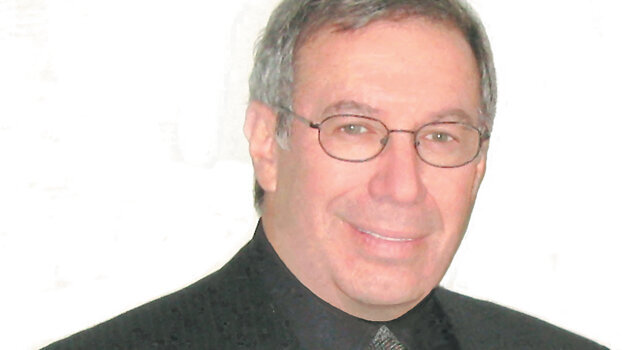




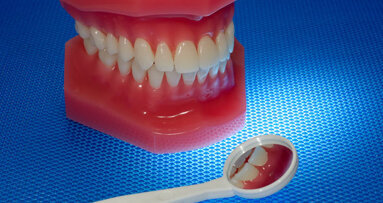
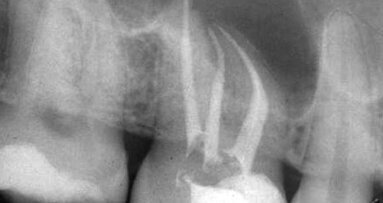
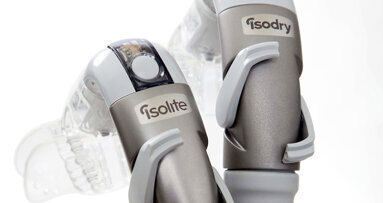

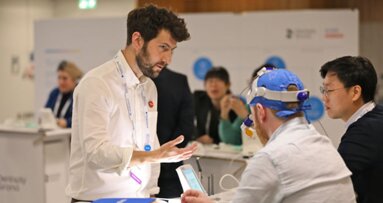
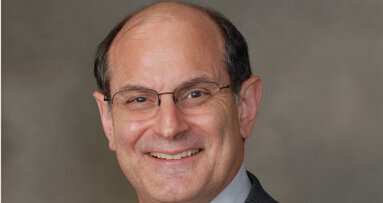
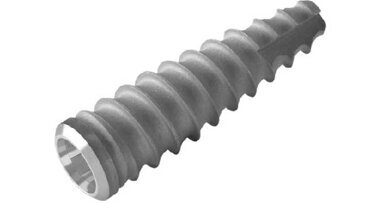

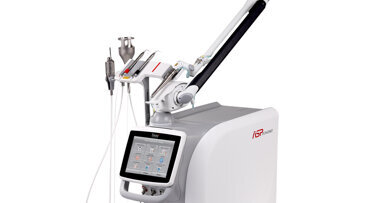

















To post a reply please login or register